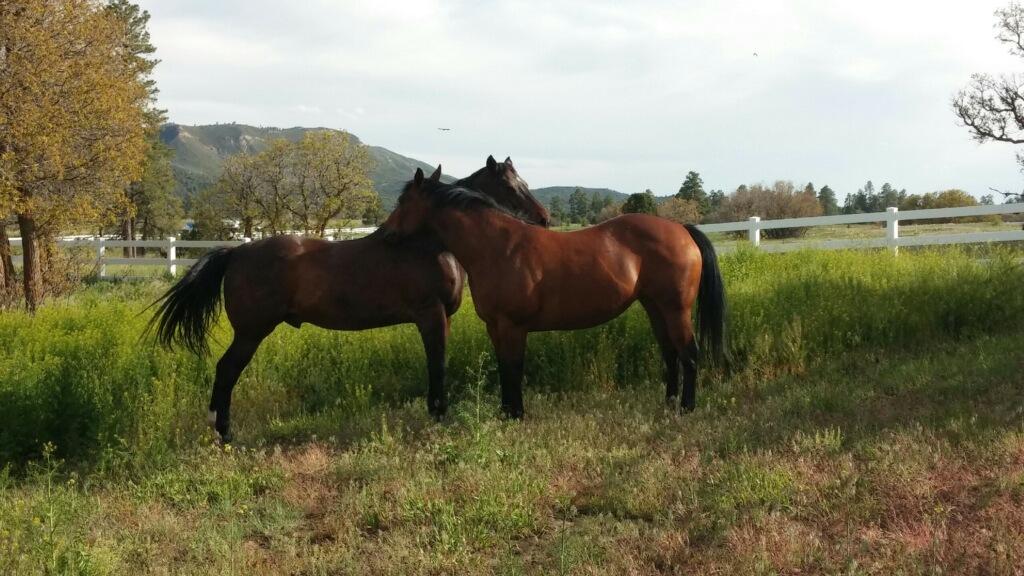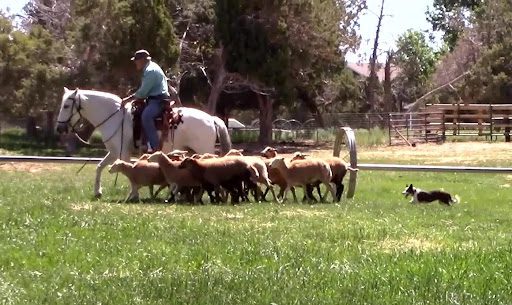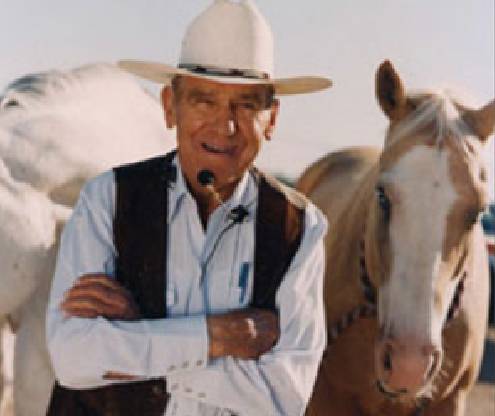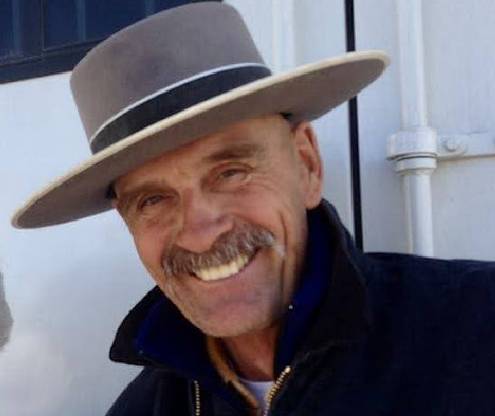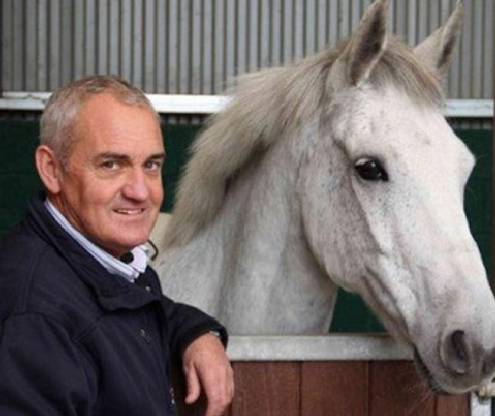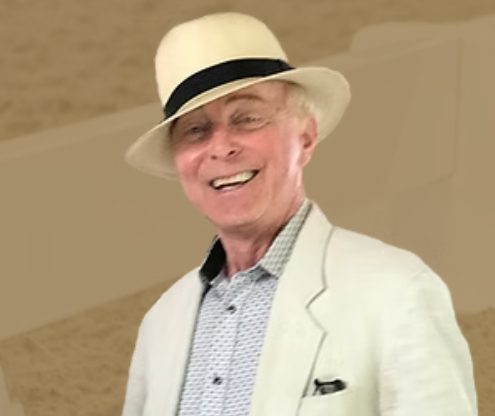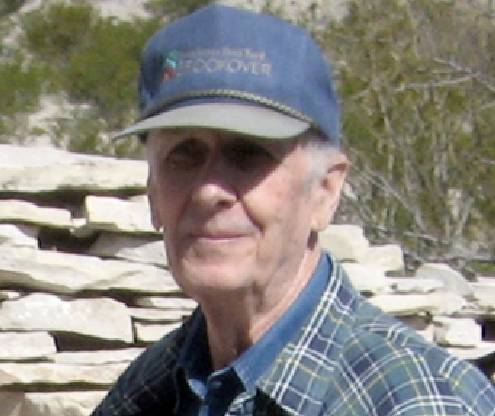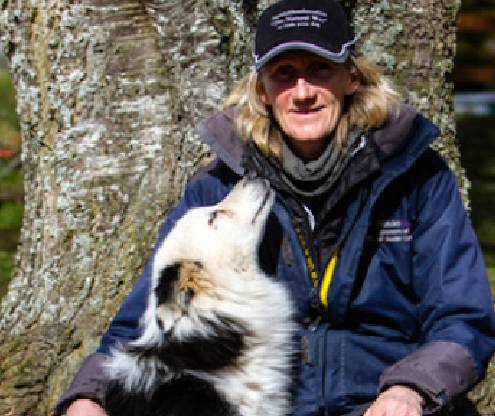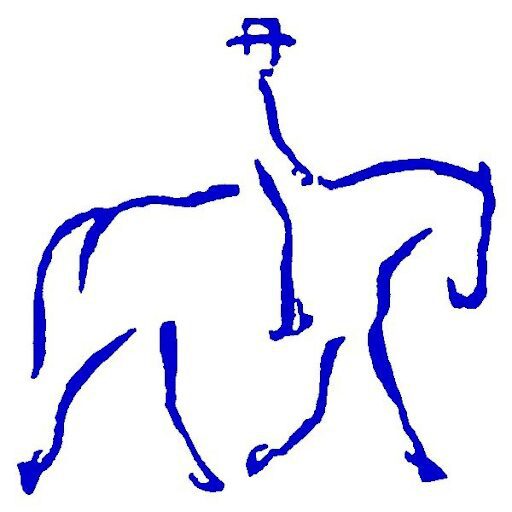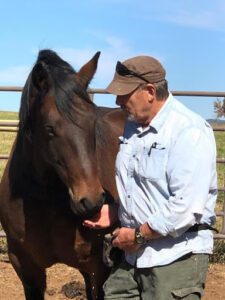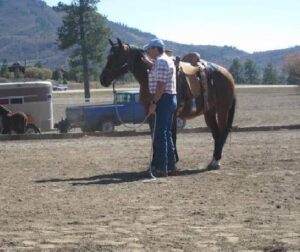Charles de Kunffy
www.CharlesdeKunffy.com
Charles de Kunffy, a member of the Austro-Hungarian nobility, was born and raised in Hungary. His parents were eminent horse breeders with derby winning racehorses. Charles started riding as a child, always under expert supervision and instruction. His riding masters were educated during the golden age of equitation between 1900-1945. His teachers were the products of the finest riding institutions of the “inter bellum.” These included Vienna and Wienerneustadt in Austria, Hannover and Berlin in Germany, Pinerolo and Tordiquinto in Italy, and Hungary’s Orkeny. Pal Kemery, Jeno Kosa-Reznek, Imre Bodo and Geza Hazslinsky-Krull attended these institutions, competed with great successes and mentored Charles for years in an institutional setting.
Cross-country riding, jumping and dressage were melded into one comprehensive system of training, adhering to the classical tradition of riding theory and methodology. Diversification of activities, riding skills and the ability to improve any horse were emphasized in the academic training program. Charles de Kunffy was schooled with the strictest adherence to classical training traditions based on scholarship and a profound respect for the horse. He represents the unbroken heritage of classical horsemanship handed down from generation to generation without compromise.
Charles de Kunffy’s expertise and his ability to inspire and instruct his students, earned him great popularity and respect. He was welcomed in Europe, Africa, Australia, Canada and the United States by enthusiastic and appreciative audiences. He has conducted many courses, seminars and forums for instructors and judges. His work is appreciated for its scholastic depth, academic expertise, and the clarity and vigor of its delivery. Regardless of a student’s talent or accomplishments, Charles never refused help to any rider willing to learn. He believes that the honor of teaching the traditions of the great equestrian arts commands an instructor to perform with equal dedication and thoroughness whether teaching a beginner or coaching an Olympic gold medalist.
| |
Charles de Kunffy is the author of six published books and is working on two more (one autobiographical) currently. His books are frequently quoted by other writers, referred to by colleagues, are used as college text books and in educational pamphlets. His equestrian articles are well known on many continents and were published by some of the finest equestrian magazines. |
Popular for his lecture/demonstration appearances, his radio and television interviews, and Charles de Kunffy has influenced a great many riders. He has contributed substantially to the popularity of classical horsemanship. His students remain grateful for the understanding of riding principles, for the acquired riding skills and for the improvement of their and their horses’ lives.
# 1 “The Ethics and Passions of Dressage”
In this most thoughtful and thought-provoking book, the author calls for a dedication to the traditions of classical horsemanship. Mr. de Kunffy takes the reader's mind for a lesson that embraces history, philosophy, art, nature and the ethics of horsemanship.
#2 “Dressage Principles Illuminated”
In this visually beautiful book the author recalls the classical riding principles and contrasts it to mere competitive riding. He reflects on the nature and training of horses, the education and development of the rider and explains his training methods and schooling philosophy.
#3 “Training Strategies for Dressage Riders”
In this book the author promotes equestrian elegance through effectiveness. He draws attention to the outmost importance of the rider’s correct equitation as a precondition to schooling their horses correctly.
#4 “The Athletic Development of the Dressage Horse:” Manage Patterns
This exacting work concentrates on explaining the meaning and usefulness of traditional riding patterns as schooling aids for the proper athletic development of horses. A unique book devoted entirely to the explaining of the purposes and usefulness of the classical Manege patterns.
| #5 "A Rider's Survival from Tyranny" |
|
Charles de Kunffy retells the dramatic events of his privileged and turbulent young life. A European nobleman in the stormy years of World War II and the Hungarian Revolution persevered to become a prominent equestrian. During the Soviet occupation, de Kunffy finds a life-saving island of tranquility in the ancient art of classical horsemanship.
#6 The “Journals” were written by Charles de Kunffy in 2006
With the journals the author wished to inform, amuse and inspire riders. Inspired by his conviction that equestrian life must include a great variety of interests, a broadening of cultural and aesthetic experiences, a hunger for the cultural expansion of the mind and the uplifting of the spirit.
